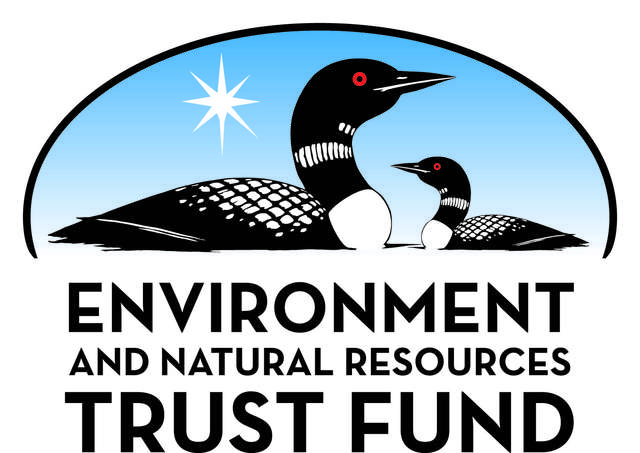Top > In the News... > Life After Plastic
Is it possible to imagine life without plastic? It’s everywhere — our packaging, our furniture, our buildings, our clothing, our medical and teaching supplies, our toys. Microplastics in particular — particles smaller than 5 millimeters that slough off plastic as it degrades — are in the air we breathe, the food we eat, and the water we drink. They have been found in human testicles, placentas, hearts, livers, kidneys, and even breast milk. Microplastics are in 99.7% of ocean surface waters, and in the stomachs of deep sea creatures. While we are only beginning to understand the impact on our health, we do know that the chemicals used in making plastics cause cancers, metabolic disorders, attention-deficit/hyperactivity disorder, and fertility issues.
Plastic comes from fossil fuels. They have been engineered and mass produced by oil and chemical companies, and we have been misled about the actual recyclability of them in order to lull us into continuing to use them. Plastics break up rather than break down. ...









 Minnesota science teachers should know about:
Minnesota science teachers should know about: